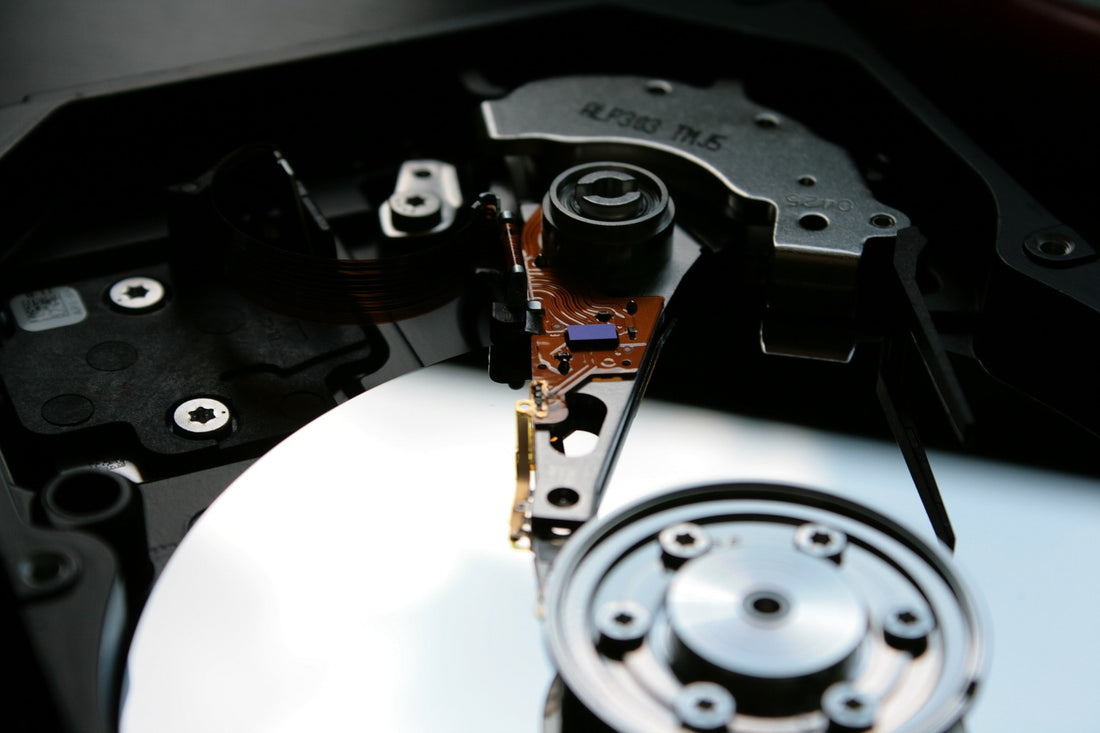NAS vs. internal
by Paul McGowan
A growing trend in media servers is to employ the use of a NAS rather than rely upon the built in HD inside of a music server.
It's probably not a bad idea.
NAS is an acronym for Network Attached Storage—a hard drive accessible over a home network. For years, NAS were shunned by most of us (including me) because they were slow and a pain in the keester. But, like all things digital, over time they've gotten easy and fast to the point they are hardly distinguishable from an internal HD.
The advantage of a NAS over an internal hard drive is noise, or better said, the lack of noise. In most products, components built-in to a single chassis must share a power supply, ground, and close proximity. In digital audio, that can be a recipe for degraded sonics due to internal noise.
A NAS has its own power supply and is physically and electrically isolated from the server. Your NAS could easily be in the basement while serving digital audio to your living room system.
In the upcoming release of PS Audio's PerfectWave Octave streamer we've all along been planning on an internal hard drive because, well, that's what people expect. But more than simply expectations, the added simplicity and reduced number of components required to build an all-in-one media server do not contribute to sonic degradation in our system because of our galvanically isolated output stage—the AirGap Interface.
That said, we're about the only folks designing such equipment.
Without the advantages offered by isolating the media server's output stage, it might be a good idea instead to consider a NAS.
- Choosing a selection results in a full page refresh.
- Opens in a new window.








